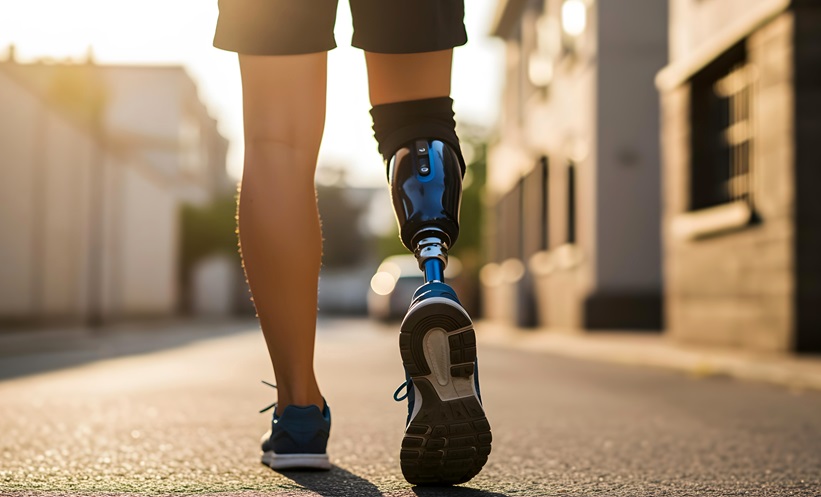NANOROBOTS that have the potential to diagnose disease and deliver drugs from within the human body have been created by a team of researchers. The development could eventually lead to doctors diagnosing and treating diseases in difficult-to-reach areas of the human body in a way that is minimally invasive, including playing a role in anticancer therapy.
Mechanisms
A biodegradable type of algae, called spirulina algae, was used to create the bots. This biodegradability was a new development in medical nanorobotics and involved insertion of an iron magnetic coating, enabling the fine-tuning of the rate of degradation. Using magnetic fields, the nanobots can be remotely controlled within complex biological fluids precisely. The bots can detect changes in the environment that are associated with disease onset and they also have the ability to attack cancer cells by releasing potent drug compounds.
Prof Li Zhang, Chinese University of Hong Kong, Hong Kong, China, who led the team, explained: “Rather than fabricate a functional microrobot from scratch using intricate laboratory techniques and processes, we set out to directly engineer smart materials in nature, which are endowed with favourable functionalities for medical applications owing to their intrinsic chemical composition. For instance, because these biohybrid bots have a naturally fluorescent biological interior and magnetic iron-oxide exterior, we can track and actuate a swarm of those agents inside the body quite easily using fluorescence imaging and magnetic resonance imaging (MRI).” The addition of engineered features, such as magnetisation and biological activity, provides proof-of-concept for the nanobots.
Further Work
The technology still requires fine-tuning, and the researchers acknowledge they need to ensure this robotic system can be either completely and safely degraded or removed, or excreted from the body once the procedure has ended. Additionally, before clinical trials for the nanorobots can take place, more work is required on motion tracking, biocompatibility, biodegradation, and the diagnostic and therapeutic effects.
Promise for the Future
Nevertheless, the potential of this innovation to treat diseases, such as cancer, is extremely promising. Prof Kostas Kostarelos, University of Manchester, Manchester, UK, who was part of the development team, concluded that the nanorobots allowed controlled navigation in body cavities and were the first example of how robotic systems can be safely degraded in the body after their use.
James Coker, Senior Editorial Assistant
To access the source and further information about the study, click here.








